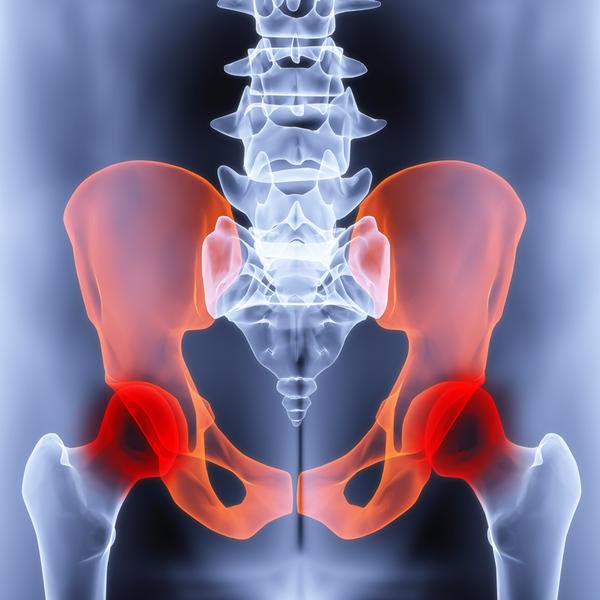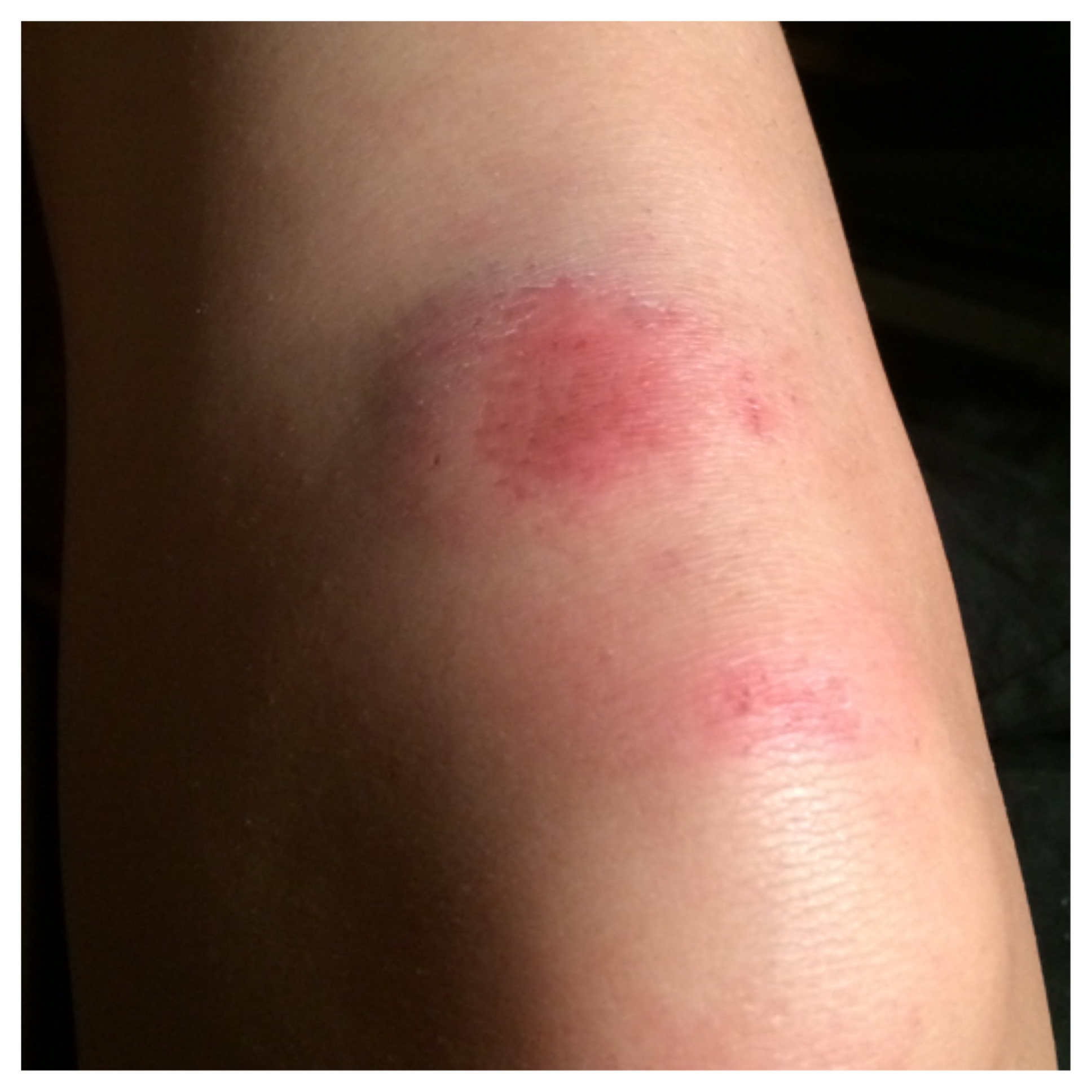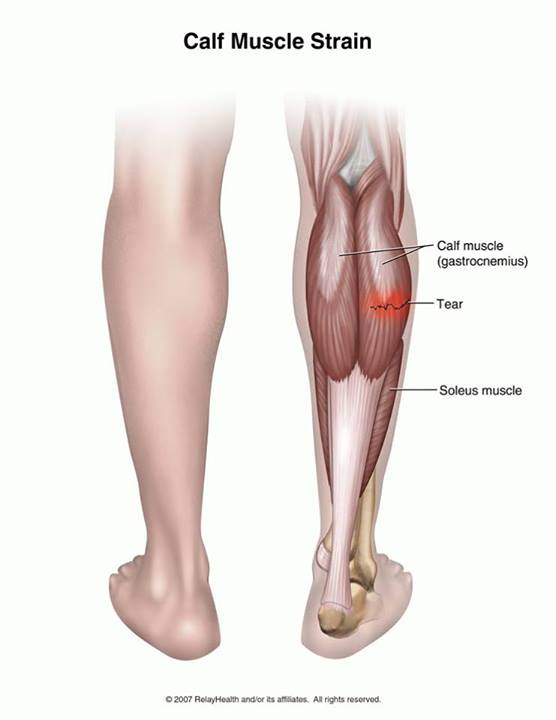Sacro iliac pain

What is the sacroiliac joint?
The sacroiliac joint is the part of your lower back made up of the sacrum (the bony structure above your tailbone and below your lower vertebrae) and the top part (iliac) of your pelvis. It is the part of the low back just behind your waist. You have right and left sacroiliac joints. Ligaments hold these bones in place.
How does sacroiliac joint pain occur?
Some possible causes of sacroiliac pain include:
- Activities that involve twisting, bending, or heavy lifting (for example, swinging a golf club or shoveling)
- A fall or a direct blow to the area
- Imbalance of the muscles around your hip or pelvis from one leg being shorter or longer than the other
- Poor posture
- Ligaments in the sacroiliac joint that are too loose
Symptoms of sacroiliac joint pain?
Symptoms can include:
- Pain in the sacroiliac area of the low back
- Trouble bending or twisting your low back
- Pain after sitting for a long time
- Stiffness in the low back, hip, or leg
- A feeling of being “out of alignment”
Diagnosis of sacroiliac joint pain?
Your provider will ask about your health history and examine your back, pelvis, hips, and legs. You may need an X-ray, or in some cases a CT scan or an MRI.
Treatment of sacroiliac joint pain?
To treat this condition:
- Put an ice pack, gel pack, or package of frozen vegetables, wrapped in a cloth on the area every 3 to 4 hours, for up to 20 minutes at a time for the first 2 to 3 days
- After icing for a few days, you may start to use moist heat on your lower back.
- Use moist heat for up to 20 minutes at a time to help relax tight muscles or muscle spasms. Do not use heat if you have swelling.
- Take an anti-inflammatory medicine such as ibuprofen, or other medicine as directed by your provider. Nonsteroidal anti-inflammatory medicines (NSAIDs) may cause stomach bleeding and other problems. These risks increase with age. Read the label and take as directed. Unless recommended by your healthcare provider, do not take for more than 10 days.
- Follow your provider’s instructions for doing exercises to help you recover.
- Massage your low back and sacroiliac joint.
- Wear an insert for your shoe if your legs are different lengths.
- Wear a sacroiliac belt to help support the joint as directed by your provider.
- Your provider may give you an injection of a corticosteroid medicine.
- Your provider may recommend physical therapy or mobilization of the sacroiliac joint. A physical therapist, chiropractor, or a physician trained in manipulative medicine may apply force across the joint to help put the joint in better alignment.
When can I return to my normal activities?
Everyone recovers from an injury at a different rate. Return to your activities depends on how soon your sacroiliac joint recovers, not by how many days or weeks it has been since your injury has occurred. In general, the longer you have symptoms before you start treatment, the longer it will take to get better. The goal is to return to your normal activities as soon as is safely possible. If you return too soon you may worsen your injury.
It is important that you have fully recovered from your sacroiliac pain before you return to any strenuous activity. You must be able to have the same range of motion that you had before the injury. You must be able to twist, bend, run and jump without pain.
How is sacroiliac pain prevented?
Be sure that you have warmed up and done proper stretching exercises before participating in sports or other activities. Try not to twist when you are lifting heavy objects.
Physiotherapy of sacroiliac joint pain
Sacroiliac Pain Exercises

These exercises are designed to gently move your sacroiliac joint. Do not do these exercises if they cause any pain or discomfort. If you keep having pain, see your healthcare provider or physical therapist as soon as possible.
Hamstring stretch on wall:
Lie on your back with your buttocks close to a doorway. Stretch your uninjured leg straight out in front of you on the floor through the doorway. Raise your injured leg and rest it against the wall next to the door frame. Keep your leg as straight as possible. You should feel a stretch in the back of your thigh. Hold this position for 15 to 30 seconds. Repeat 3 times.
Quadriceps stretch:
Stand an arm’s length away from the wall with your injured side farthest from the wall. Facing straight ahead, brace yourself by keeping one hand against the wall. With your other hand, grasp the ankle on your injured side and pull your heel toward your buttocks. Don’t arch or twist your back. Keep your knees together. Hold this stretch for 15 to 30 seconds.
Hip adductor stretch:
Lie on your back. Bend your knees and put your feet flat on the floor. Gently spread your knees apart, stretching the muscles on the inside of your thighs. Hold the stretch for 15 to 30 seconds. Repeat 3 times.
Isometric hip adduction: Sit with your knees bent 90° with a pillow placed between your knees and your feet flat on the floor. Squeeze the pillow for 5 seconds and then relax. Do 2 sets of 15.
Gluteal Sets:
Lie on your stomach with your legs straight out behind you. Squeeze your buttock muscles together and hold for 5 seconds. Relax. Do 2 sets of 15.
Lower trunk rotation:
Lie on your back with your knees bent and your feet flat on the floor. Tighten your stomach muscles and push your lower back into the floor. Keeping your shoulders down flat, gently rotate your legs to one side as far as you can. Then rotate your legs to the other side. Repeat 10 to 20 times.
Single knee to chest stretch:
Lie on your back with your legs straight out in front of you. Bring one knee up to your chest and grasp the back of your thigh. Pull your knee toward your chest, stretching your buttock muscle. Hold this position for 15 to 30 seconds and then return to the starting position. Repeat 3 times on each side.
Double knee to chest:
Lie on your back with your knees bent and your feet flat on the floor. Tighten your stomach muscles and push your lower back into the floor. Pull both knees up to your chest. Hold for 5 seconds. Relax and then repeat 10 to 20 times.
Resisted hip extension:
Stand facing a door with elastic tubing tied around the ankle of your injured side. Knot the other end of the tubing and shut the knot in the door near the floor. Draw your abdomen in towards your spine and tighten your abdominal muscles. Pull the leg with the tubing straight back, keeping your leg straight. Make sure you do not lean forward. Return to the starting position. Do 2 sets of 15.











